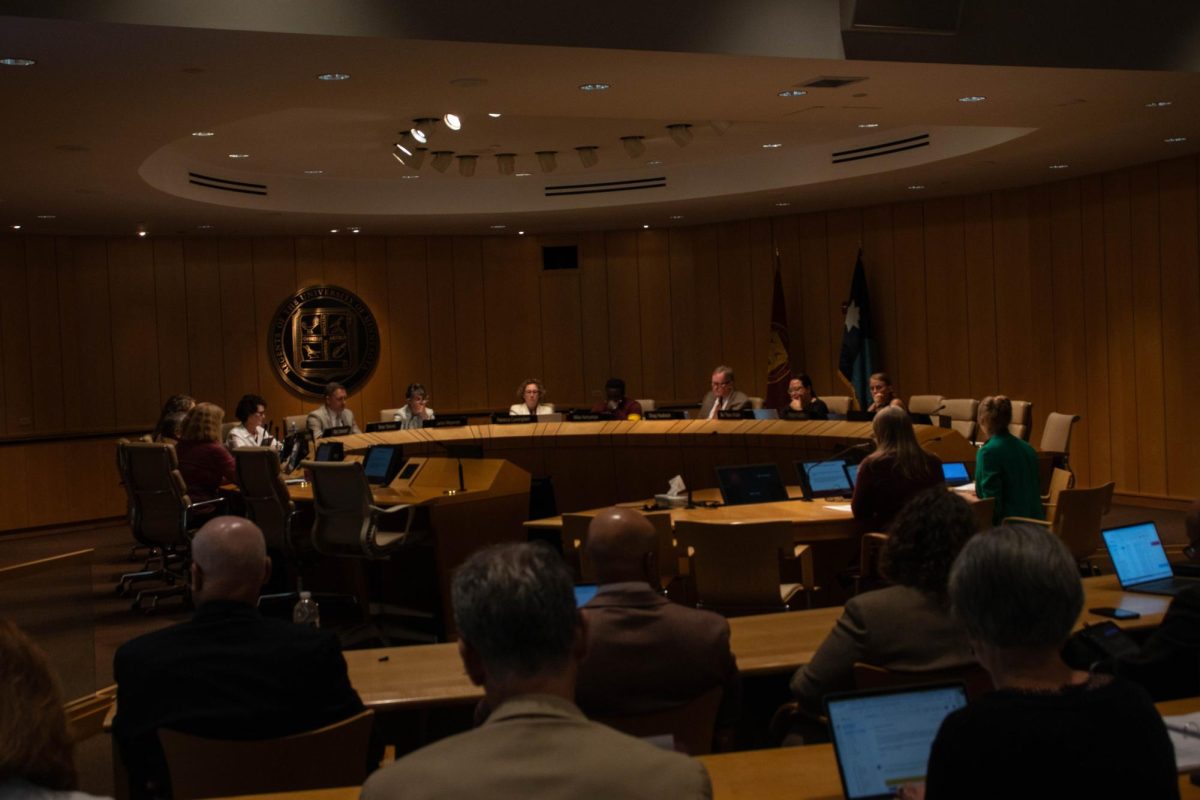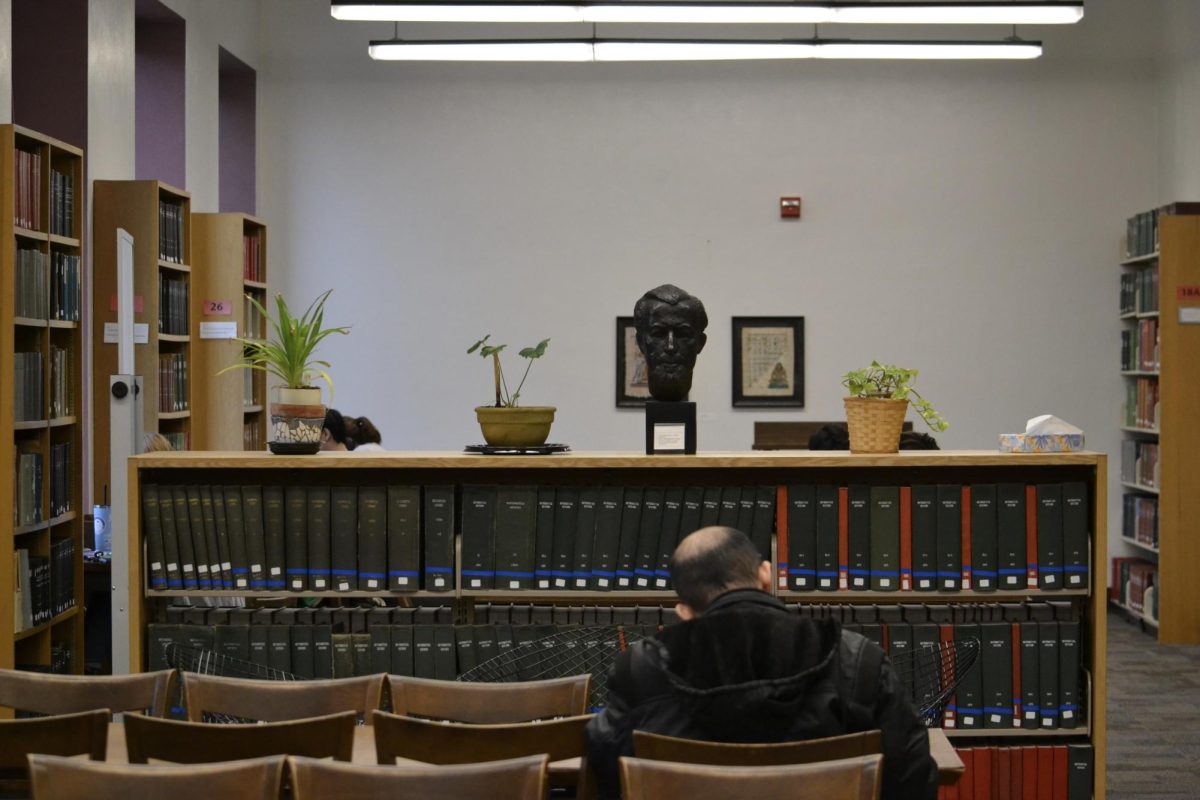Interim Dean for the University of Minnesota College of Liberal Arts (CLA) Ann Waltner invited CLA faculty, staff and students to webinars on Nov. 14 and 16, which discussed the college’s future and how it will be funded.
In her Dean’s Address, “Who are we and where are we going” on Nov. 14, Waltner discussed how the University harnesses its history to inform future decisions and goals. The State of the College Budget webinar, held on Nov. 16 by CLA Chief Financial Officer David Ulaszek, book-ended Dean Waltner’s address by describing how the college plans to fund its future.
CLA’s 2024 fiscal year started in July, along with a new budget. CLA has a three-year planning process for its budget development, which focuses heavily on the college’s academic units, the schools and majors within CLA, Ulaszek said.
There are 31 academic units within CLA, and once every three years, each unit has the opportunity to outline its strategies and objectives for the coming cycle, according to Ulaszek. Given that information, the dean, dean’s cabinet and college administration then decide what can be allocated to each unit.
In his address, Ulaszek said the tuition estimate for fall 2023 is $2.1 million short of the budget, meaning the college needs to come up with $2.1 million mid-year to give back to central administration to fill the budget gap.
Elisia Cohen, director of the Hubbard School of Journalism and Mass Communication, said, in theory, students’ tuition revenue should be able to support the cost of instruction.
Tuition is the primary source of CLA revenue, making up 71% of the revenue for the current fiscal year, according to Ulaszek’s address. Undergraduate tuition is the largest share of that revenue, currently making up 80%.
However, total undergraduate enrollment has shrunk by about 20% since 2010, according to Waltner’s address. This decline is likely attributed to a “noticeable” and “concerning” decline in transfer students, particularly since the pandemic, Ulaszek said.
Cohen said CLA has not relied on a strategic plan to manage enrollment. Rather, its budgets have relied on the hope that enrollment numbers would have bounced back to pre-pandemic numbers by now.
“There hasn’t been central help to support the college’s decline with that change of enrollment strategy,” Cohen said. “At the same time, the college hasn’t been able to shift its spending to keep up with it. So it’s left with some really hard choices.”
This decline in transfer students means fewer students are taking upper division courses in certain CLA units, and CLA has not adequately shifted its spending to make up for it, Cohen added.
Waltner said CLA does not currently have a budget allocation model but instead looks to past budgets for example.
“We have 31 departments,” Waltner said. “With a large unit that does something like budgeting, you can’t just decide all of a sudden you’re going to do things differently.”
CLA’s inability to shift or strategically plan for the University’s shifting demographics, given the decline in transfer students, creates a contrast between the University’s mission and changes in enrollment, according to Cohen.
“In order to meet the needs of the future, we’re gonna have to innovate and there’s not going to be an influx of cash,” Cohen said.
Waltner said she is confident Ulaszek and his team will, in the future, come up with a more satisfactory budget allocation model, though it is difficult to create long-term solutions given her time as dean will end in July.
In the webinar, Waltner reminded viewers she is merely an interim dean, whose successor will “come in with new ideas about mission and vision,” Waltner said.
Waltner added her position as interim dean of CLA presents a unique challenge in that she has only a year to implement change across an incredibly large University, which is inherently slow to change due to its vast scope.
In April, cuts to the Teaching Assistants/Unassigned Instruction (TA/UI) line item of the CLA budget in the gender and ethnic studies departments sparked controversy when, following the initial cuts, the CLA Dean’s Office met the departments’ financial requests, crediting a coding error for the miscalculation.
The TA/UI line item is the budget allocated for classes taught by graduate assistants, non-tenured faculty or adjunct faculty, meaning it is more flexible on a year-to-year basis than the budget allocated for classes taught by tenured faculty, Waltner said.
Cohen said units were upset because there was neither a strategic nor principal conversation between CLA’s academic units and its administration about where there would be shifts in instructional funding.
Waltner said she envisions a budget allocation model that improves transparency between CLA administration and its academic units.
“If people get less money this year than they got last year and they know why, they’re still going to be unhappy,” Waltner said. “But they might not feel like they’ve been cheated.”






























PM
Nov 24, 2023 at 10:37 am
Please stop all this yadda, yadda about hard choices and the need to innovate; only fools and grifters speak that way. Why cut the TAUI and/or raise tuition when elite admin could take salary cuts in the name of not forcing students and non tenured instructors to shoulder the burden of making this place run?